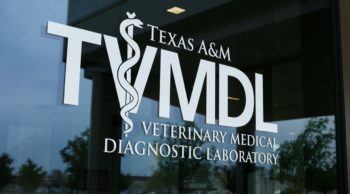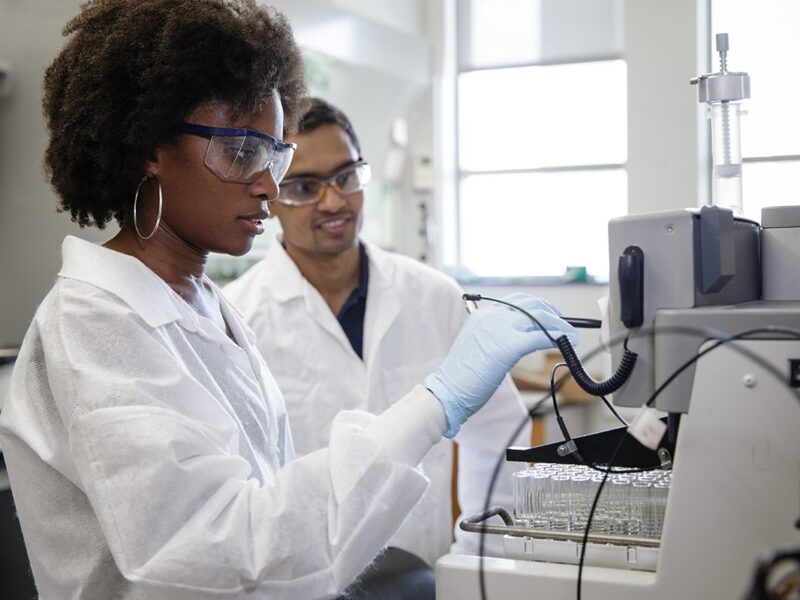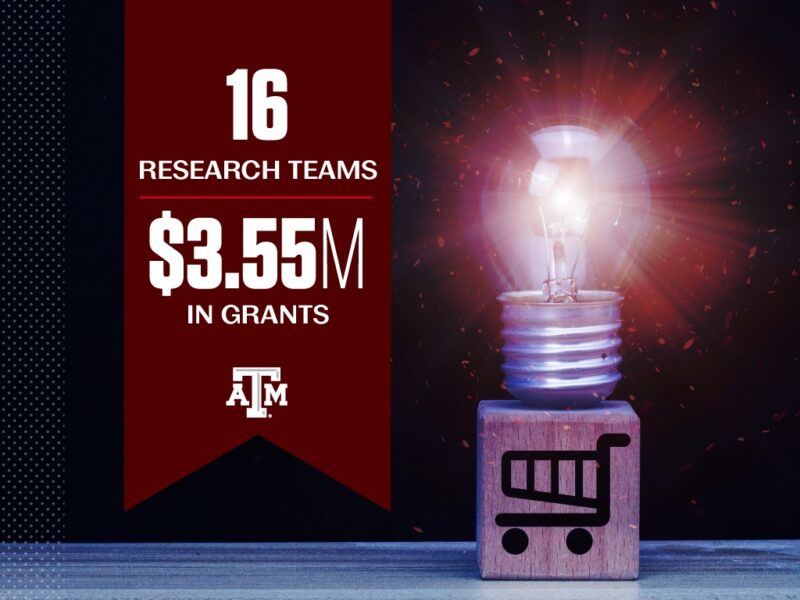Texas A&M Veterinary Lab Testing People For COVID-19

The Texas A&M Veterinary Medical Diagnostic Laboratory is helping increase the state’s capacity to test people for COVID-19.
But federal red tape is holding back the state agency from widespread testing — even in Amarillo as the Panhandle has become a hotbed for the coronavirus.
“Increased testing is the key to safely opening up the economy,” said John Sharp, chancellor of The Texas A&M University System. “The federal government needs to let us unleash the full potential of our diagnostic veterinary labs.”
The Veterinary Medical Diagnostic Laboratory (TVMDL), a component of Texas A&M AgriLife, has more testing capability than any public lab in the state. It could run as many as 300 samples per day in its Center and Gonzales labs, another 1,000 per day in Amarillo and as many as 1,800 per day in College Station.
Monday, the TVMDL lab in College Station began limited human testing through a temporary partnership with a local health care provider. However, for more than a month, Texas A&M System officials have hit a roadblock at the U.S. Department of Health and Human Services (HHS) while trying to fully scale up TVMDL labs for human testing.
Amarillo Congressman Mac Thornberry has joined the effort.
“Many of the steps we can take to deal with COVID-19 are really common sense,” Thornberry said. “Animal health professionals, such as those at the Texas A&M Veterinary Medical Diagnostic Laboratory in Amarillo, maintain the highest medical standards and can make a major contribution to more testing in the Panhandle. I will continue to push federal agencies to make better use of the resources we have available in this fight.”
Veterinary diagnostic laboratories test at high volumes for flocks and herds of animals. TVMDL routinely performs 900,000 tests annually, with more than 64,000 of those tests using the same method used to test for COVID-19, a process called polymerase chain reaction, or PCR.
While the supplies to run the human PCR test are different than those used for animals, the equipment and the testing process are the same.
TVMDL staff have years of formal education, training and experience in the procedures.
HHS generally requires people with human lab experience to oversee human testing. The Texas A&M System is seeking a waiver in light of the pandemic. Texas has one of the nation’s lowest rates of COVID-19 testing per capita.
TVMDL would use the same FDA-approved test kit as other labs.
“There are not a lot of differences between human and animal PCR tests,” said TVMDL Director Dr. Bruce Akey. “Aside from the testing reagents used, the equipment and testing process are identical.”
TVMDL is a natural fit to provide such a public service. The agency is a part of the National Animal Health Laboratory Network (NAHLN), a group of state and regional veterinary laboratories performing surveillance testing for the US Department of Agriculture. They follow strict federal standards to ensure the quality and reliability of testing.
“We provide the highest quality service every day to veterinary clients,” Akey said. “Although this will be the first time in TVMDL’s history to test human clinical samples, we have all the equipment, supplies, and expertise to help make a lasting impact in Texas.”
Media contact: Laylan Copelin, Vice Chancellor of Marketing and Communications, 512, 289-2782, lcopelin@tamus.edu




